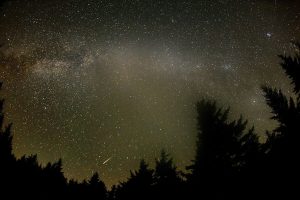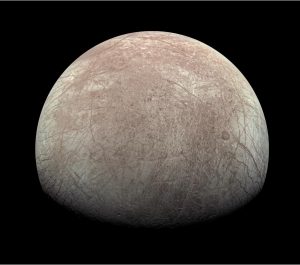
Helping to bring an asteroid home
Caitlin Caruana from the Australian Space Agency has been presented with the JAXA ISAS Award for remarkable achievements and contributions to the Hayabusa2 project. From the ground in Australia, this is her story of helping to bring asteroid Ryugu home to Japan.
Two weeks before Hayabusa2 was due to return to Earth, Caitlin Caruana feared it would all go wrong.
Caruana is part of the Australian Space Agency’s (ASA) international engagement team and for the last six months of 2020, she was dedicating nearly all her time to ensuring that JAXA would be able to collect their spacecraft’s sample return capsule when it landed in Australia on December 6, 2020.
Launched from Japan’s Tanegashima Space Centre in 2014, Hayabusa2 had spent the last six years in space. The spacecraft had travelled to asteroid Ryugu, where it had completed an intense 18 months of observations and surface operations that included collecting two samples of the asteroid material. After a journey totalling hundreds of millions of kilometres, Hayabusa2 was now coming home to return the collected samples to Earth.
To complete the return home, the spacecraft needed to adjust its course to move onto a collision trajectory with the Earth. Hayabusa2 would then separate the sample return capsule, which was equipped with a heat shield and parachute system to allow it to safely travel through the Earth’s atmosphere to the ground. After separation, the spacecraft would change orbit to move past the Earth and back into deep space, heading off to begin a new mission. The capsule meanwhile, would be on course to land in the South Australia desert of Woomera. Once on the ground, the capsule needed to be swiftly recovered by the JAXA team so that it could be returned to Japan and placed in the vacuum conditions of the JAXA sample curation facility to prevent any chance of contamination from the Earth. The deadline for this was 100 hours from touchdown.
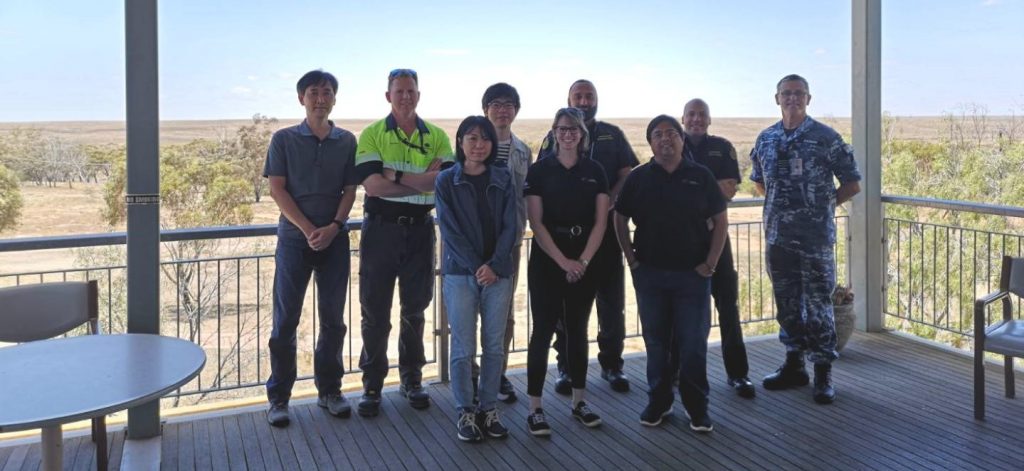
The return of the Hayabusa2 capsule initially required JAXA to seek the “Authorisation of Return of Overseas-Launched Space Object” or AROLSO, which was the official permission from the Australian Federal Government to land an item in Australia that was not launched from the country. Once the AROLSO was granted, JAXA then had to meet a wide range of regulatory approvals whose scope would cover everything from biosecurity related to the import of foreign (asteroid) matter, to assessment of the potential environmental impact during the capsule landing, and on to defence export control to allow the JAXA team to bring a drone to Australia help locate the capsule on the ground. To navigate this process, JAXA went to the Australian Space Agency and Caruana. The ASA coordinated with both the Australian Federal Government and the State Government of South Australia to ensure JAXA were aware of all the steps needed to land the Hayabusa2 sample capsule in Australia and safely bring it back to Japan. At the end of that process, Caruana felt she had engaged with nearly every commonwealth agency in Australia, right up to the Prime Minister’s department.
“There are the agencies you know are going to be involved, such as the import/export control agencies, the ones dealing with visas, the ones dealing with biosecurity issues,” Caruana explains. “But at one point we were talking to Australia’s tax office about whether the import of an asteroid sample attracts customs and duty!”
The answer to the tax question turned out the be no, partly due to the difficulty of putting a price on the science for exploring the origins of the Solar System. Even with all these permissions complete, Caruana had to step in when the JAXA’s search drone was stopped in customs.
“We’d spoken to half the border force but of course the person who is on the border that day is not the same guy you’ve been talking to,” Caruana notes with a resigned laugh. “It’s just one of those things!”
The ASA were also there to navigate through anything that had not been anticipated at the mission launch, such as a worldwide pandemic.
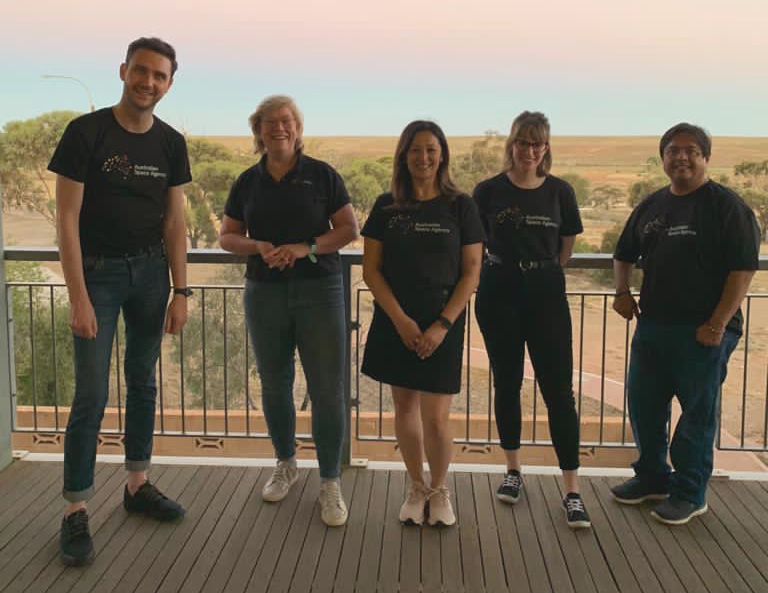
To collect the capsule, JAXA needed to send in two teams with a total of about 80 people to Australia, in addition to a 30-strong observation crew from NASA. But with the COVID-19 pandemic raging across the world, the Australian border was closed to visitors. Caruana had to work closely with JAXA to understand exactly what was needed and then work with the border agents to gain an exception for the teams to enter Australia and a secondary exception enter the state of South Australia.
“Not only had the Australian Space Agency never done anything like this in its existence, as we’ve only existed for two and half years,” Caruana recalls as she describes the process of getting the team into South Australia. “but the added layer of the pandemic meant we were finding out information in real time and the rules were changing regularly.”
Somewhat ironically, the JAXA and NASA teams arrived in South Australia before Caruana herself, as she was in quarantine in Canberra after travelling there from her home city in Melbourne which had gone into lockdown. The preliminary JAXA team arrives safely in Adelaide where they quarantined for two weeks before moving on to begin preparations in Woomera. The main JAXA team along with the NASA observation team arrived a few weeks later, and Caruana was due to arrive in Adelaide herself around the time this larger group would finish quarantine. Except they almost were not released.
Within an hour of exiting quarantine in Canberra, Caruana had been celebrating with her first real cup of coffee in two weeks when the news arrived. An outbreak of COVID-19 had occurred in Adelaide, and what was more, it came from foreign travellers who were currently in hotel quarantine. All international travellers at that hotel would have to quarantine for a further 14 days and the city of Adelaide went into lockdown. If affected, it would be impossible for the JAXA and NASA teams to be prepared and in place before the Hayabusa2 capsule arrived.
“This was genuinely, genuinely the most concerned I was at any stage about getting JAXA to where they needed to be in Woomera,” Caruana admits. “We’d got JAXA all the way to Australia and now it seemed we might not get them out the hotel!”
Caruana bolted into work to check that the hotel was not the one being used by the JAXA and NASA teams. Fortunately, they were staying in a different hotel from the outbreak location, but the event highlighted the volatile nature of the current situation. After discussions with the South Australian Government, Caruana secured “essential worker” status for the JAXA and NASA members. This meant that irrespective of what happened, everyone on the team would be able to get to Woomera once they had completed their 14 days quarantine.
At December 6 approached, Caruana was in Woomera either at the hotel where the media and communication events were, or at the base in the desert. During this time, Caruana and her colleagues at the ASA were on hand to answer any queries and be the connection point to all other Commonwealth bodies, including the emergency response units, should something go amiss. She describes the experience as an inspiring one for the young space agency.
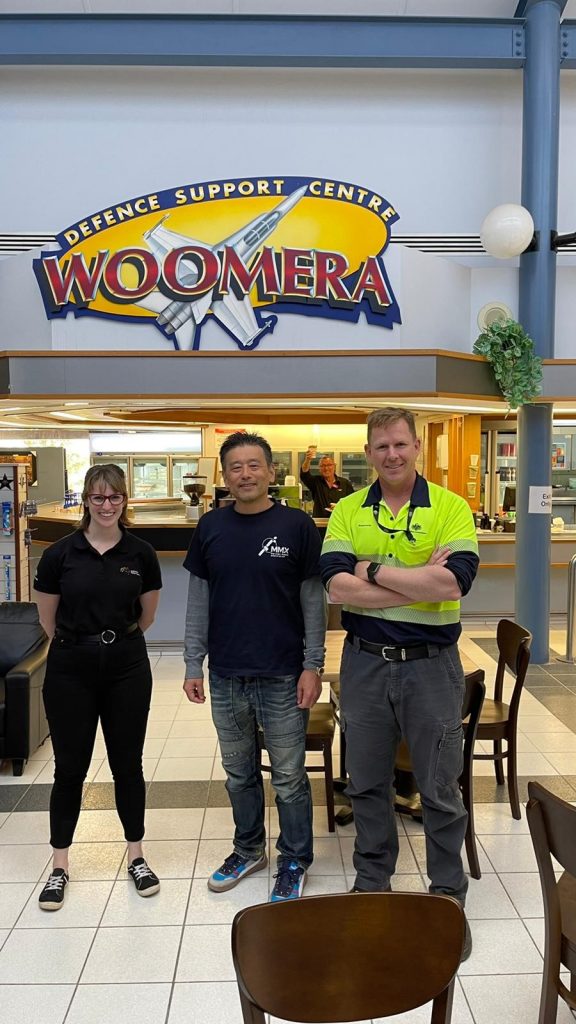
“Seeing all these teams come together, how they were interacting, how they’re all talking to each other… I think that was really inspirational for us,” Caruana explains. “This is what we could become if we continue our work and bring the Australian public along. We can have 80 Australians in a foreign country at some point in the future, and there’ll be another small space agency watching and thinking they can become like us.”
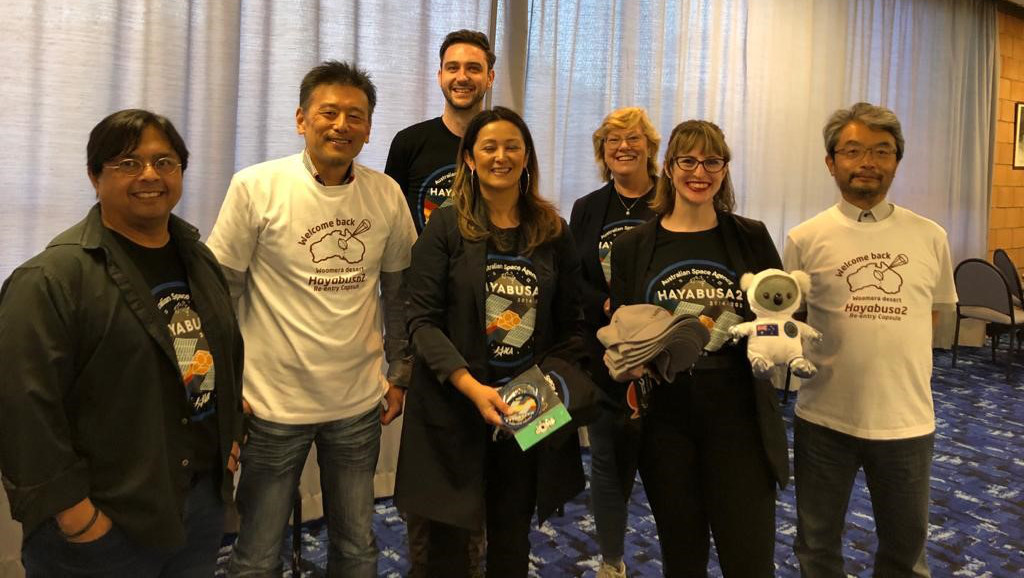
Over the previous weeks, the ASA, partnering with Department of Defence, had also reached out to the Australian media and the enthusiastic response had been gratifying to all the teams involved. Caruana admits she had been nervous. Like many countries, the strict border controls in the face of the pandemic had meant many Australian citizens were struggling to get home from abroad. The team at ASA were prepped to explain why the foreign nationals from Japan and the USA were in Australia, exactly why their presence was essential and also that all quarantine rules had been fulfilled by each visitor.
“The Australian public were unbelievably supportive and interested in the landing of asteroid samples in our desert,” explains Caruana. “I think it just came at the absolutely perfect time, at the end of a rough year for everybody. This was just something really really cool that we could be proud of as Australians, just as proud as JAXA were.”
As the helicopter flew back to the base with the sample return capsule, Caruana hung back to finally see the capsule itself. She says it seeing the capsule after the long road to bring it home was a key moment for her.
“It was honestly just amazing to stare at this thing that we’ve all been planning and working so hard for and stress dreaming about… to see it come out was just phenomenal,” Caruana describes. “Watching the scientists in that room and the looks on their faces was just amazing.”
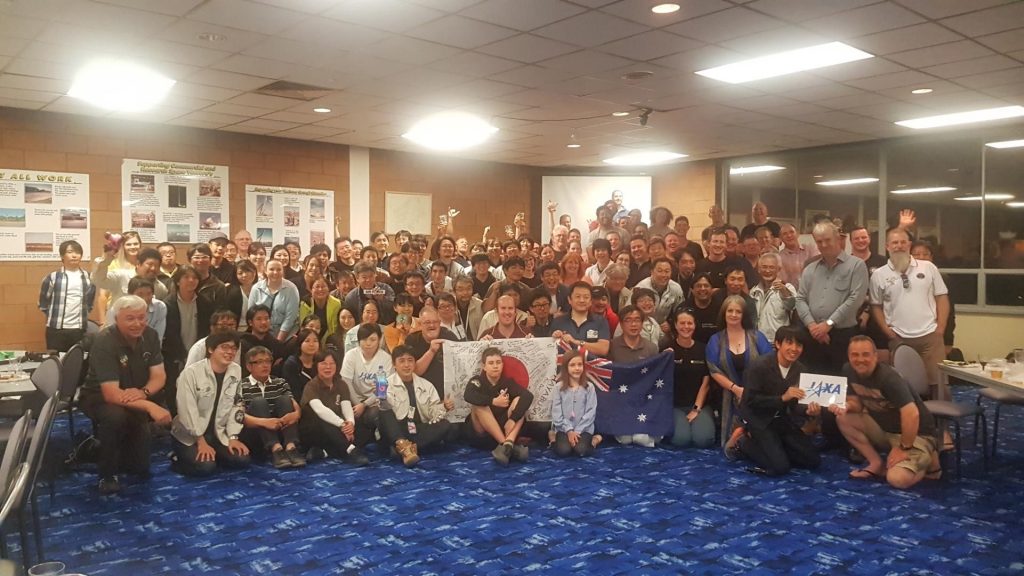
For Caruana’s outstanding efforts in coordinating the Australian side of the Hayabusa2 capsule collection, ISAS presented Caruana with the JAXA ISAS Award. This award is for people outside the agency who have made remarkable achievements and contributions that were key to ensuring the success of ISAS projects.
“Congratulations to the JAXA team,” Caruana says. “The re-entry itself from the trajectory control through to getting that sample on a planet and opening it up in Japan… that was all textbook perfect and I don’t think it could have gone better. It was just such a privilege and pleasure for the Australian Space Agency to be involved in that.”
In July last year, the ASA and JAXA signed a “Memorandum of Cooperation” that opens the door to joint projects in the future, beyond Hayabusa2.
“What we said to ourselves after Hayabusa2 is that we would absolutely love to collaborate with JAXA again,” Caruana says enthusiastically. Then she pauses and adds, “But no more missions in the middle of the desert, in the middle of summer, in the middle of a pandemic. We’ve done one… no more!”
Further information:
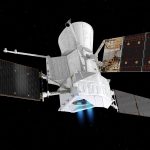 Previous Post
Previous Post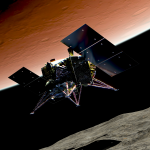 Next Post
Next Post